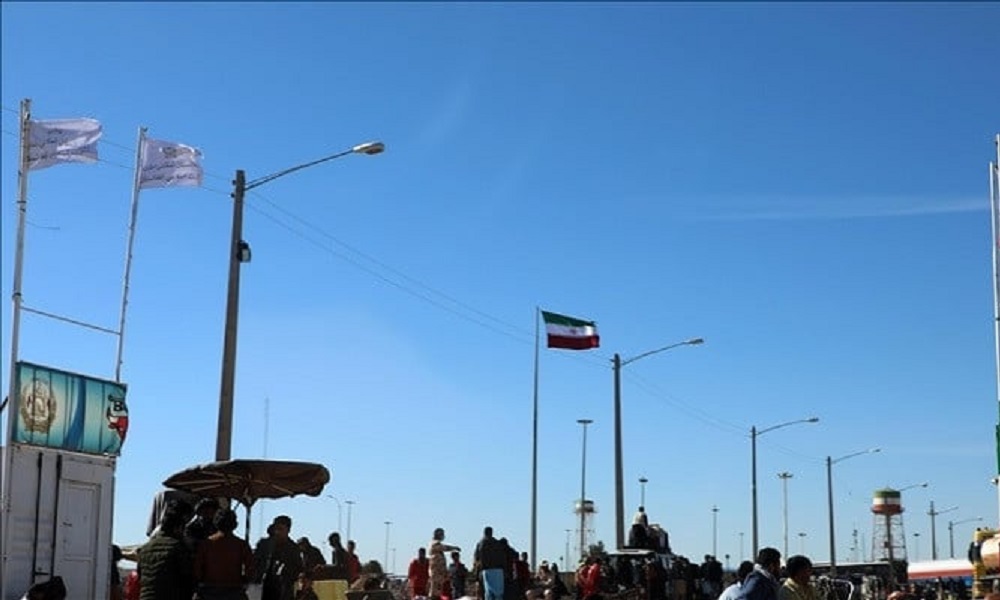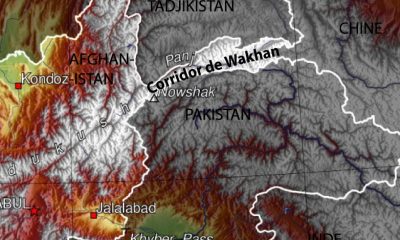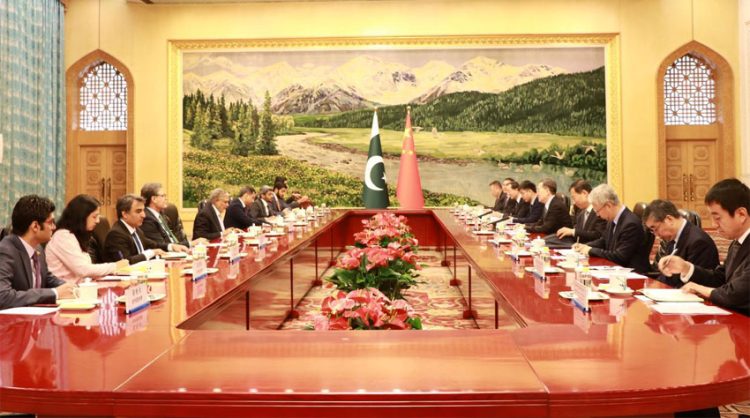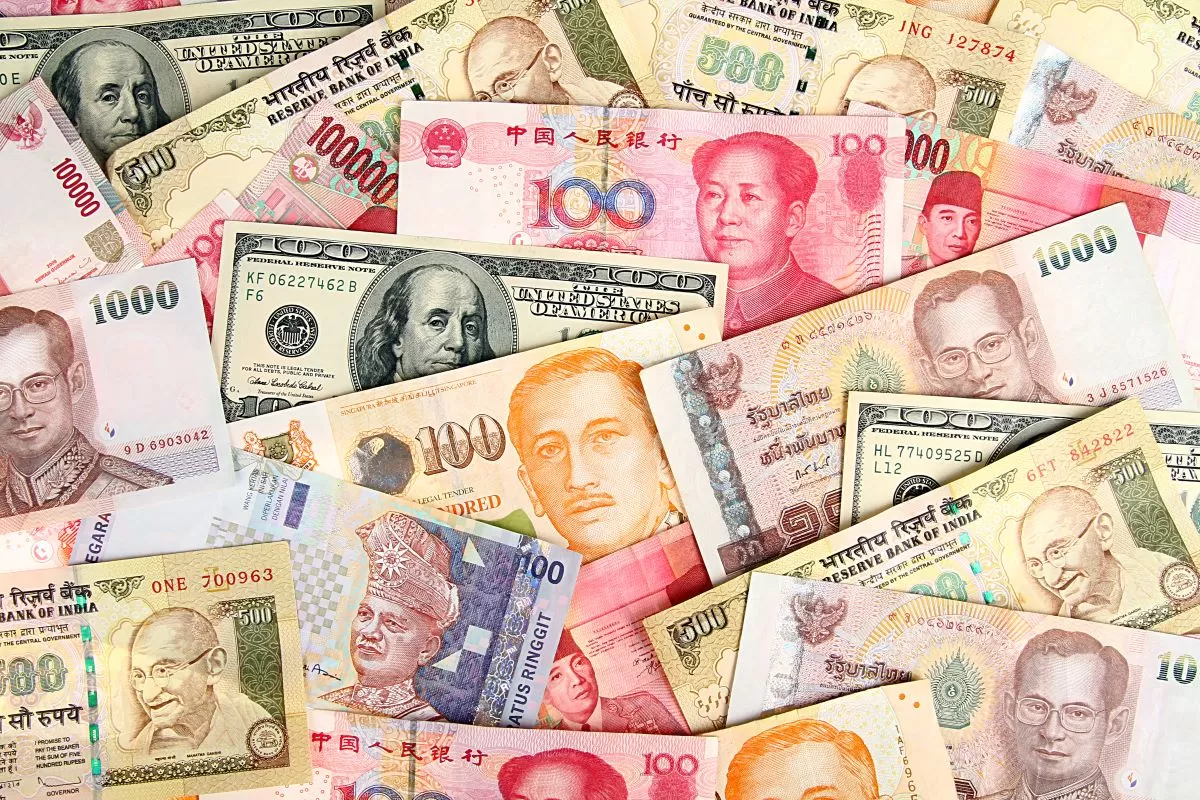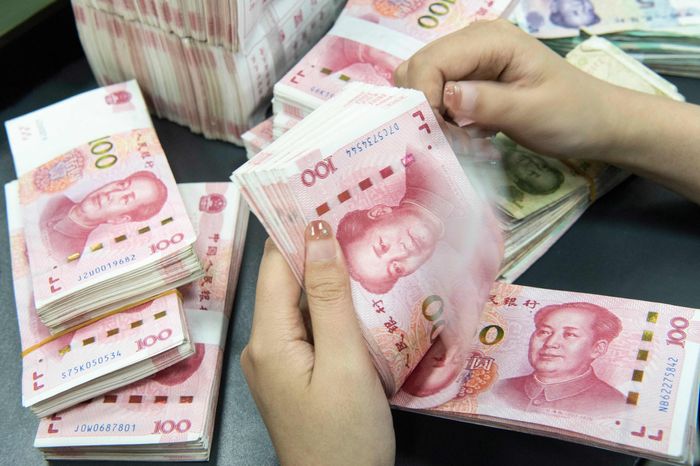Afghanistan and Iran have been able to immediately put a full stop to the recent border skirmishes and both sides called it a mistake while Tehran says it was a “brief conflict”.
Three days ago, the security forces of Afghanistan and Iran embroiled in a new clash, marked by the exchange of gunfire and military tension that also left several people dead and injured.
The clashes that underlie an age-old issue of waters on Afghanistan’s Helmand River, claimed the lives of two Iranian border guards and one Taliban forces.
The Helmand River is Afghanistan’s largest river that provides Iran with 22 cubic meters of water per second under a 1973 agreement. However, the flow of water has dropped significantly and Taliban blame drought and climate change as the key reason. Taliban said they are committed to the water treaty with Iran but says they are also scrambling with water shortages.
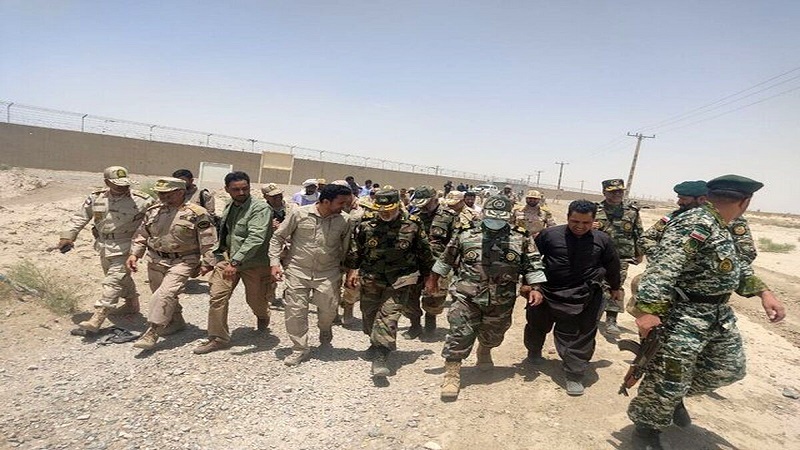
The Commander of the Ground Forces of Iran and other officials visited the Sistan Region of South-Eastern Iran to investigate the field conditions of the Iran-Afghanistan border areas. (Iran Press)
However, Iran sees the situation from a different perspective and blames Afghanistan’s dam construction for exacerbating drought conditions in both sides of the neighboring countries.
Iran, in particular, is not happy with a Kajak dam built on the Helmand River that has altered the river’s course and prevented water from reaching Iran.
Political maturity
Whatever might be claimed and visible positions as some certain external circles already started jubilating on the border dispute between Afghanistan and Iran, the two neighboring countries exhibited immense adulthood to overcome the quarrel.
Taliban and Iranian officials immediately restrained from releasing infuriating statements, and both sides pledged to stop repeating the same mistake.
Iran’s Interior Minister, Ahmad Vahidi has described clashes on the border as a “brief conflict” and said the problem has been resolved after negotiations with the Taliban.
Vahidi tried well to downplay the severity of the clash, and stated that currently there is no problem and the border is open and in peace.
But he blamed the Afghan border guards for starting the battle, and said they were given an appropriate response.
The Taliban also said that they want to have good ties with Iran, adding the border clashes was a mistake. Taliban’s spokesman Bilal Karimi said that Islamic Emirate does not want tensions with anyone, including its neighbors, and called the border fighting a “small dispute”.
“We are in contact with Iranian officials and if there is any issue we will resolve it collectively,” Karimi added.
No proxies at all
It is important that Iran and Afghanistan should pay extreme attention to issues such as recent border conflict that should not lead to a proxy war between the neighboring countries.
“Taliban and Iranian officials have shown the courage to resolve the border dispute without harming their ties, and this is a great development on relations between the two countries,” said a political expert.
Speaking to Harici, Jamil Hadiri said that every dispute between Kabul and Tehran should be resolved through dialogues and diplomatic approach before the enemies use the opportunity against both of them.
“It was a big mistake to see direct clashes between security forces of the two countries, but at the same time, it was great to see the ability and willingness from the two sides in resolving the quarrel in just a day,” Hadiri said.
Many clashes erupted between Afghanistan and Iran
Since August 2021 when the Islamic Emirate swept into power, there have been many clashes with Iran, but the recent one was deadly.
Taliban and Iranian border guards fought five times in the past 21 months and the first clash was on December 1, 2021, in Shaghalak area in Nimroz province. Officials from both sides confirmed the clash and said it erupted due to “misunderstandings” between the border guards of the two countries. No casualties reported from the incident.
On April 21, 2022, clashes erupted again between Taliban and Iranian security forces near the Islam Qala border. The third time was on July 23, 2022, and the clashes took place near Hirmand border town.
In February 2023, another clash took place and the recent one was on Saturday, May 27, when the border guards of the sides engaged in deadly fighting in Pul-e-Abrisham border crossing in Nimroz province, west of Afghanistan.
Drought is another headache
Drought and climate change have been one of the biggest drivers of conflict between Afghanistan and Iran.
Iran has been scrambling with drought in the last 30 years and as a last resort, warned Afghan leaders to unlock the flow of water to Iran, or face some serious action.
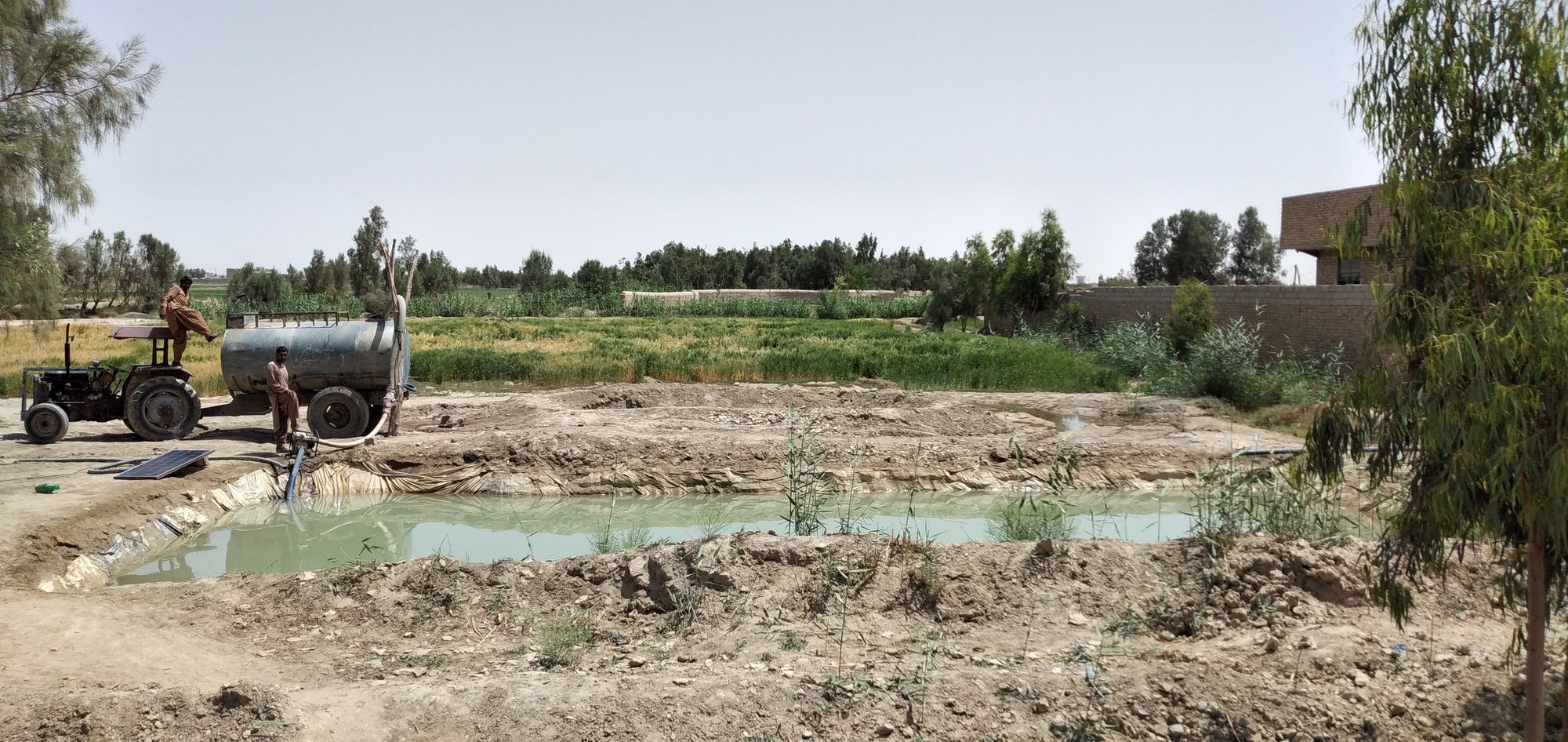
Nimroz residents have been suffering from water shortage since last five years.
The Taliban treated the warning as a wake-up call and wanted swift responses to Iran authorities with military action in case of any attacks.
Taliban leadership time and again says drought is hitting harder areas bordering Iran, especially Nimroz province.
Some residents in Nimroz told Harici that dozens of families were forced to leave their homes and migrated to other places even to other provinces due to drought and non-availability of water.
We have been facing drought in the last five years, said Syiar Khan, a resident of Nimroz province. Speaking to Harici, he said that he lives in the Nad Ali area but other relatives of his, including his older brother, migrated to Kabul due to lack of water. “We are farmers, and water is our basic need. I have lost all of my income in the last five years and I am also considering leaving Zaranj city to another province,” Khan added.
“We purchase one tanker of potable water against 400Afs, and this is very costly at a time when the economy is very bad,” said another resident Amir Gul.
Gul called on the Taliban leadership to help remove water shortages in the province through any possible way and release water from Kajaki dam if necessary.

 INTERVIEW1 week ago
INTERVIEW1 week ago
 EUROPE2 weeks ago
EUROPE2 weeks ago
 MIDDLE EAST2 weeks ago
MIDDLE EAST2 weeks ago
 EUROPE2 weeks ago
EUROPE2 weeks ago
 MIDDLE EAST2 weeks ago
MIDDLE EAST2 weeks ago
 MIDDLE EAST2 weeks ago
MIDDLE EAST2 weeks ago
 EUROPE2 weeks ago
EUROPE2 weeks ago
 DIPLOMACY1 week ago
DIPLOMACY1 week ago
